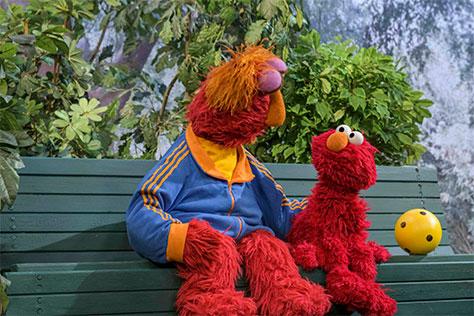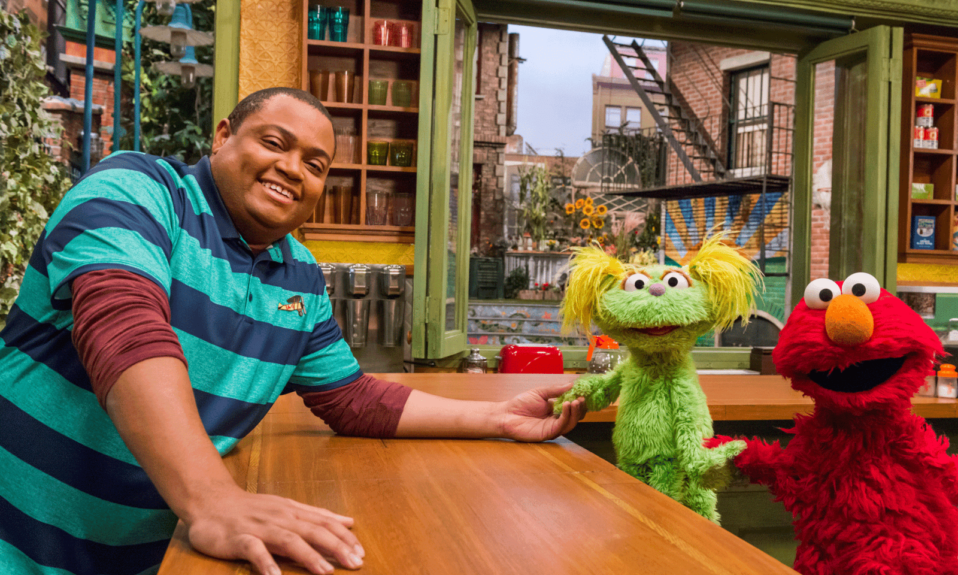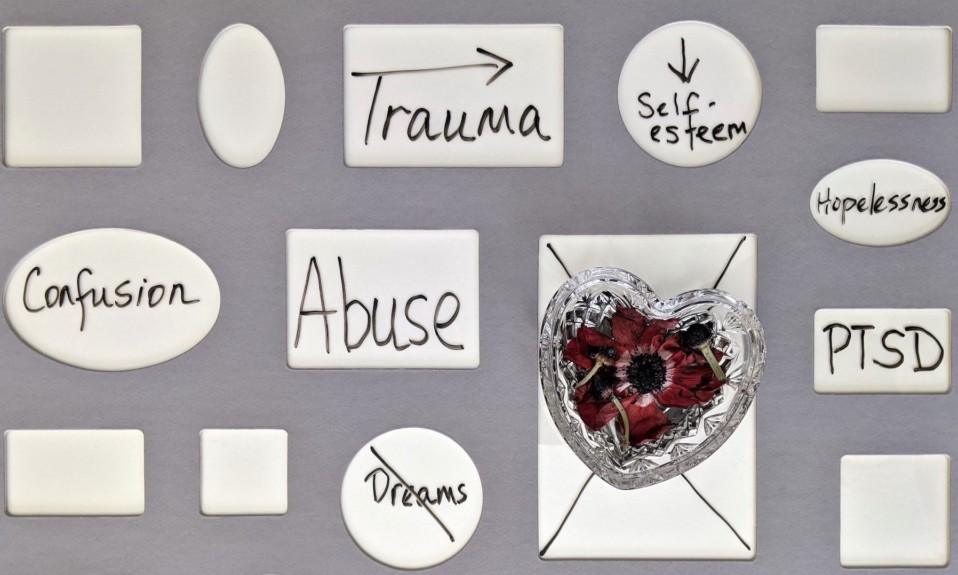Karli the Muppet was specially created by education experts to help kids understand the complexities of parental drug abuse
By Jason Langendorf
Jerry Moe recalls being approached by a patient who had reached a crossroads. After undergoing about 10 days of treatment for polysubstance use disorder at Moe’s home-base facility—Betty Ford Center in Rancho Mirage, Calif.—this 37-year-old mother had decided she needed to leave.
“‘I’ve got to get back, I’ve gotta take care of my kids, they’re not understanding,’” Moe says his patient told him. “You know, it’s that call home where you hear the kids aren’t sleeping and they’re crying and their behaviors are all over the place.”
All too familiar with this treatment center challenge for parents, Moe, the national director of Hazelden Betty Ford Children’s Program, knew exactly what to do: He opened a website link on his computer and played a video for the mom.

“At which point,” Moe says, “she just started crying.”
What Moe’s patient saw was part of the growing collection of parental-addiction resources available through the Sesame Street in Communities program, created to help caregivers educate and comfort the kids of parents struggling with addiction.
At the forefront of those efforts, which Moe himself assisted in creating, is Karli—a character with a carefully calculated (and somewhat controversial) storyline. A lime-green “monster” with yellow pigtails, Karli was introduced to viewers of Sesame Street programming in 2019. Soon thereafter, she was revealed to be a foster child whose mother had been admitted to treatment for opioid addiction.
T is for Trauma
These would seem to be pretty grown-up topics for an adorable, childlike Muppet to understand and process, let alone the young viewers of Sesame Street. But that is precisely the point, according to experts like Moe, the national director of the Hazelden Betty Ford Children’s Program and author of Through a Child’s Eyes: Understanding Addiction and Recovery. Sesame Workshop, the nonprofit that oversees the show, has released data indicating 1 in 8 children under age 11 in the United States live with a parent who has a substance-abuse disorder. Meanwhile, the stigma surrounding addiction and the paucity of resources to assist in coping with the experience of parental addiction has too often left kids alone with uncertain and unresolved feelings—and moms and dads themselves with no clear measures to help.
“Over the last few years, Sesame Street has really begun to look at the impact of trauma on kids,” Moe says. “I mean, you know you can teach them the ABCs, you can teach them the 1-2-3s, and colors and shapes and sizes. But a lot of little kids are dealing with incredible stress in their lives.”
Sesame Workshop has released data indicating 1 in 8 children under age 11 in the United States live with a parent who has a substance-abuse disorder.”
In the case of introducing a complex character like Karli to Sesame Street, there is also precedent. In 2002, Takalini Sesame—the South African co-production of the program—introduced Kami, the first HIV-positive Muppet. Despite receiving fierce opposition from corners of the U.S. Congress, Kami made her debut on Takalani and went to join segments by Nelson Mandela and Desmond Tutu, appear at the United Nations and be named UNICEF’s Champion for Children in 2003.
According to Doe Mayer, professor at the University of Southern California’s School of Cinematic Arts, a character like Kami has the additional effect of helping children who may not understand, or who may feel uncomfortable or threatened about a subject like HIV, to empathize with their peers who are affected.
“There was a great deal of fuss about, you know, ‘This will traumatize the kids,’ and ‘They’re too young,’ and I don’t think the research vindicated that idea at all,” says Mayer. “I think the research is very supportive of the idea that it helps kids see other kids who might be HIV orphans in their community and how they could help and support them.”
Taking on Tough Topics
Within the Sesame Street global community of characters, Kami was followed by Julia (who has autism) and Lily (who struggles with homelessness), accompanied by a variety of online resources helping to explain to children those characters’ challenges, as well as complex topics such as divorce, community violence and parents away from home for military service. In many ways, Karli’s arrival was a natural progression of the show’s programming arc. Any initial public hesitancy from parents and critics about Karli’s storyline seems to have given way to overwhelming praise from viewers and experts.

Moe is keenly aware of the importance of that research. He and Sis Wenger, president and CEO of the National Association for Children of Addiction (NACoA), were approached two years ago to consult on the development of Karli’s character and child-friendly addiction-related language to help script the show. But Moe gives credit to Sesame Street in Communities for forging partnerships with numerous therapists, social workers and other children providers for identifying and acting on the most significant issues facing kids today—which, he says, include homelessness, foster care and parental addiction.
So here was a mom feeling incredible guilt and shame, along with fear, who was able to watch this and say ‘This is exactly what my kids need.’”—Jerry Moe, Hazelden Betty Ford Children’s Program
Real-life examples of families grappling with those challenges are never far from Moe’s mind. The exasperated mother who nearly checked out of his treatment facility last year? She reconsidered after watching Karli and her Sesame Street friends on Moe’s computer screen.
“‘Would you please call my mother? Would you please call my husband and give them this, so they can help explain to the kids?’” Moe recalls the patient asking him. “So here was a mom feeling incredible guilt and shame, along with fear, who was able to watch this and say ‘This is exactly what my kids need.’”
For more on Karli and how she came to be, read TreatmentMagazine.com’s profile of one of the muppet character’s co-creators.














